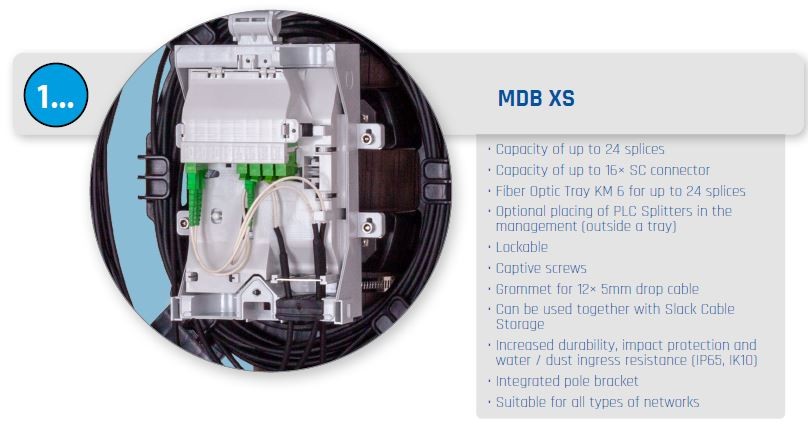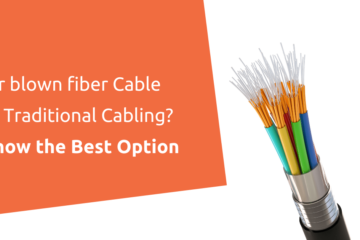
In recent years, the demand for high-speed internet connectivity has surged, making fiber optic networks the gold standard for delivering fast and reliable internet services. However, deploying fiber in rural areas presents unique challenges due to low population density and vast geographical landscapes.
Asymmetric splitters have emerged as a revolutionary solution for cost-effective fiber deployment in these regions, offering numerous benefits to both service providers and rural communities. This article explores the advantages of using asymmetrical splitters in rural areas for fiber deployment.
Understanding Asymmetrical Splitters
An asymmetrical splitter is a crucial component in a Passive Optical Network (PON), which is commonly used in fiber optic systems. Unlike traditional symmetrical splitters, where the input is equally divided among the output ports, an asymmetrical splitter optimizes the power split ratio. It provides a higher splitting ratio on one output port and a lower ratio on the other output port. Below you can see example of asymmetrical splitting diagram using products from Micos Telcom PLP .
Micos Telcom PLP offers solution using MDB pole mounted boxes with asymmetrical splitters with pre-connectorized cables. Biggest benefit of this solution is that it can be used with standard pre-connectorized cables of any manufacturer. This gives you flexibility of choosing preferred supplier of the cables.

Asymetrical splitting diagram using Micos PLP products


Benefits of Asymmetrical Splitters in Rural Fiber Deployment
1 – Extended Reach
In rural areas, the fiber deployment often requires covering vast distances to connect remote communities. Asymmetrical splitters allow for greater splitting ratios on the output port that serves the distant areas. This extension of the reach enables service providers to cover larger areas with a single fiber line, reducing the overall infrastructure required and cutting down on costs.
2 – Cost-Effectiveness
One of the most significant advantages of asymmetrical splitters is their cost-effectiveness. By reducing the number of fiber strands needed to serve remote regions, service providers can significantly cut down on installation expenses. This is especially crucial in rural areas with limited resources and a lower population density, where traditional symmetrical splitters may prove financially prohibitive.
3 – Scalability
Asymmetrical splitters facilitate scalable fiber network deployment, making it easier to expand the network as the demand for services grows. As rural communities develop and require higher bandwidth capabilities, service providers can upgrade their networks without having to replace the existing infrastructure, resulting in reduced disruption and long-term cost savings.
4 – Enhanced Service Flexibility
Asymmetrical splitters enable service providers to offer different levels of service to users based on their needs and location. By adjusting the power split ratio, operators can allocate more bandwidth to high-demand areas while maintaining a satisfactory service in less populated regions. This flexibility allows service providers to cater to the diverse needs of rural communities, fostering greater customer satisfaction.
5 – Improved Reliability
Rural areas are often susceptible to harsh environmental conditions, such as extreme weather and rugged terrains. Asymmetrical splitters provide enhanced reliability by minimizing signal loss and ensuring better signal integrity over longer distances. This resilience translates into reduced downtime and improved overall network performance.
Asymmetrical splitters have emerged as a game-changer for fiber deployment in rural areas, overcoming the challenges associated with low population density and expansive landscapes. By extending the reach, reducing installation costs, and providing enhanced scalability and service flexibility, asymmetrical splitters empower service providers to deliver high-speed internet connectivity to underserved rural communities.
As technology continues to advance, these innovative solutions will play a pivotal role in bridging the digital divide and creating a more connected, inclusive world for all.
If you have any further questions about these fiber optic splice closures, don’t hesitate to contact Micos Telcom PLP.
Related articles: Heavy Duty IP68 Fiber Optic Splice Closures by Micos Telcom PLP









